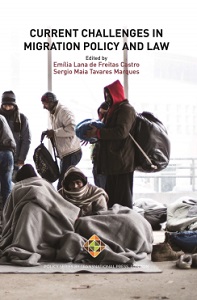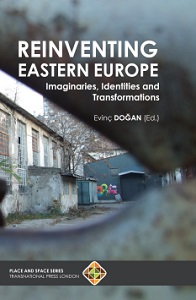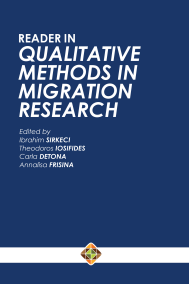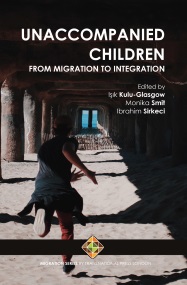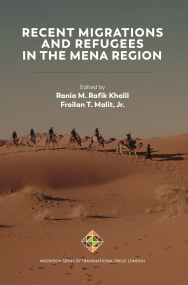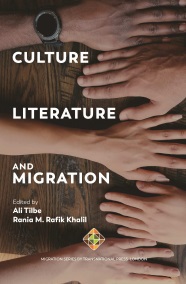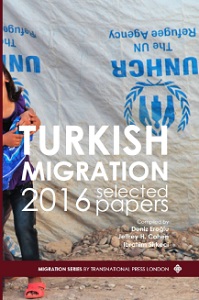
Gentrification in Istanbul and its (In)adequate Mediation of “Distant” Suffering - a Documentary Analysis
Istanbul was once home to various ethnic and religious minorities, such as Armenians, Greeks, Roma, Jews and others. The population exchange between Greece and Turkey in 1923, the wealth tax in 1942, the Istanbul riots in 1955 and the Armenian Genocide during and after World War I played an important part in the migration processes of Jews, Armenians, Greeks and other minority groups (Sakizlioglu and Uitermark, 2014; Powell, 2014; Kreiser and Neumann, 2006). Several sources verify that the gentrification processes in some areas of Istanbul have their roots exactly in these migration patterns (Ergün, 2004; Islam et al., 2010; Sakizlioglu and Uitermark, 2014). The term migration, of course, is problematic in this context, because it “tends to obscure the fact that our firms and government agencies, and those of our allies, may have contributed to expulsions” (Sassen, 2013, p.1). Saskia Sassen (2015) detects a proliferation of urban transformations in big cities around the world and Sakizlioglu and Uitermark (2014), as well as Islam et al. (2010) even confirm an accelerated urban transformation for Istanbul.
More...
